Subtotal: $25.00
Description
Panaeolus cyanescens TTBVI: A Rare Caribbean Variant for Advanced Mycological Study
The Panaeolus cyanescens TTBVI (Tamarind Tree British Virgin Islands) is a distinguished variant of the Panaeolus cyanescens species, renowned for its unique origin and potent characteristics. Discovered near a tamarind tree in the British Virgin Islands, this strain has garnered attention for its robust alkaloid profile and distinctive morphological features. Our TTBVI Spore Print offers a high-quality, sterile sample ideal for microscopic examination and taxonomic studies.Reddit+2panaeoluscoop.com+2panaeoluscoop.com+2
🔬 Product Specifications
-
Species: Panaeolus cyanescens
-
Variant: TTBVI (Tamarind Tree British Virgin Islands)
-
Spore Color: Jet black
-
Print Medium: Sterile aluminum foil
-
Intended Use: Microscopy and taxonomic research
-
Storage: Store in a cool, dry, and dark place; refrigeration recommended for optimal longevity
Origins and Discovery
The TTBVI variant was first identified in the British Virgin Islands, specifically near a tamarind tree, which inspired its name. This strain has been propagated and shared among mycology enthusiasts, notably through contributions from cultivators like GordoTek. Its unique geographical origin and genetic makeup make it a valuable specimen for research and comparison with other Panaeolus strains.Sonoran Spores+6mushroommanmycology.com+6Reddit+6Reddit
Unique Features
Cap
The caps of Panaeolus cyanescens TTBVI are typically 1.5–4 cm in diameter, transitioning from hemispheric to convex as they mature. They exhibit a light brown to off-white coloration, often developing cracks in dry conditions. The caps are hygrophanous and bruise blue when handled, indicating the presence of psychoactive compounds.Wikipedia
Stem
Stems range from 7–12 cm in length and 2–3 mm in thickness, maintaining a consistent width or slightly enlarging at the base. They are pruinose, matching the cap in color, and exhibit blue staining upon bruising.Wikipedia
Gills
The gills are broadly adnate to adnexed, closely spaced, and transition from gray to black as spores mature. They often display a mottled appearance, a characteristic feature of the Panaeolus genus.Wikipedia
Mycological Significance
The TTBVI variant is esteemed for its potent alkaloid content, with studies reporting psilocybin levels up to 2.5% and psilocin levels around 1.194% in Panaeolus cyanescens specimens. Its robust genetic profile and distinctive morphological traits make it a subject of interest for researchers focusing on psychoactive fungi. The strain’s unique origin adds to its value for comparative studies and phylogenetic analyses.Wikipedia
Why Choose Our Panaeolus cyanescens TTBVI Spore Print?
-
Sterile Preparation: Each spore print is produced in a controlled environment to ensure contamination-free samples.
-
High Viability: Our prints are known for their dense spore deposits, facilitating detailed microscopic analysis.
-
Educational Value: Ideal for academic research, taxonomy, and microscopy enthusiasts seeking to study a unique Panaeolus variant.
Legal Notice
This Panaeolus cyanescens TTBVI Spore Print is intended strictly for microscopy and educational research. Cultivation of psilocybin-containing species is illegal in several U.S. states. Lab Link Supply does not ship to California, Georgia, or Idaho. By purchasing, you affirm that you are at least 18 years old and will comply with all local laws and regulations.panaeoluscoop.com
Enhance your mycological studies with the Panaeolus cyanescens TTBVI Spore Print—a rare and potent specimen for advanced research.
Explore our full range of spore prints and microscopy supplies at Lab Link Supply.
You must be logged in to post a review.

In Stock



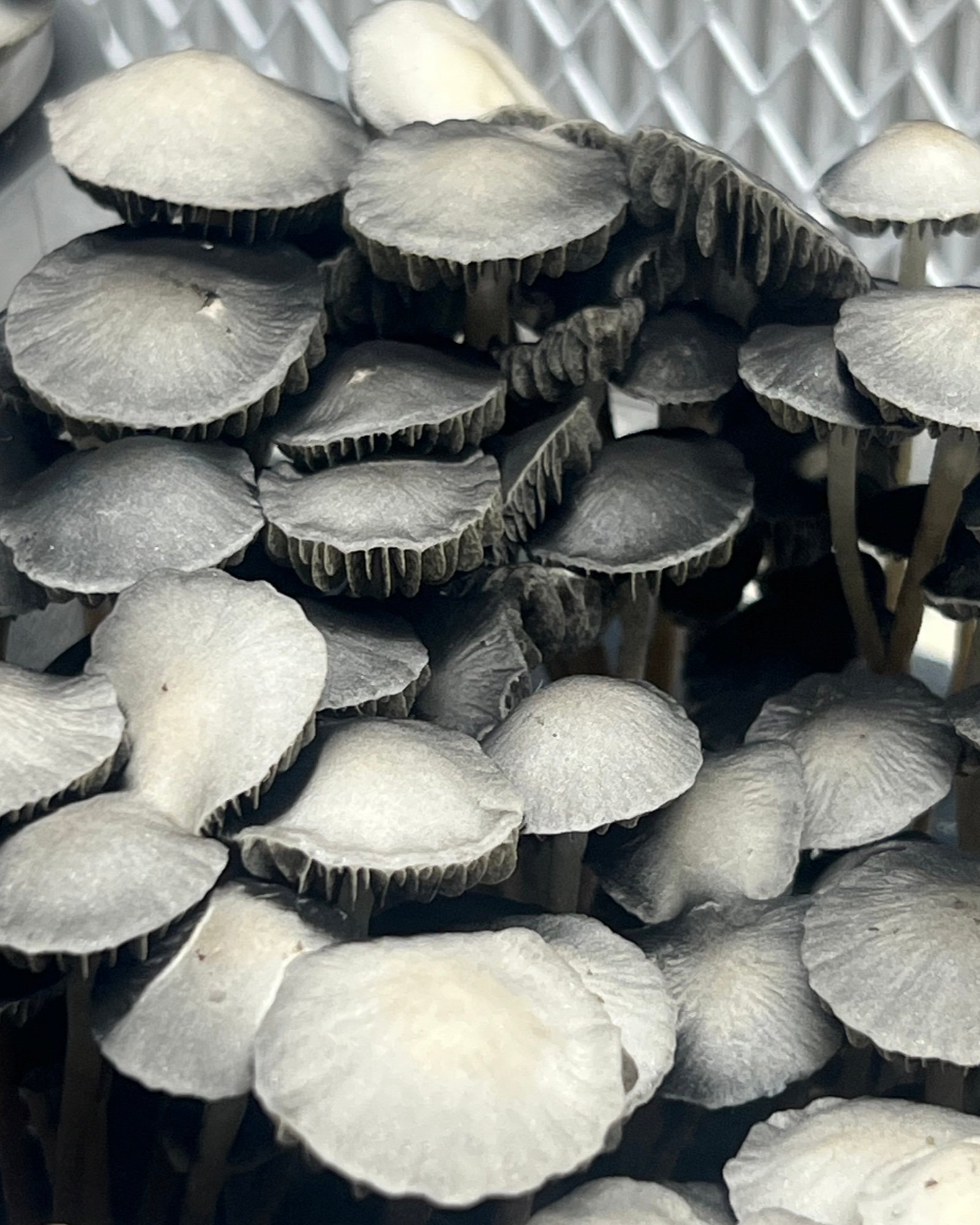
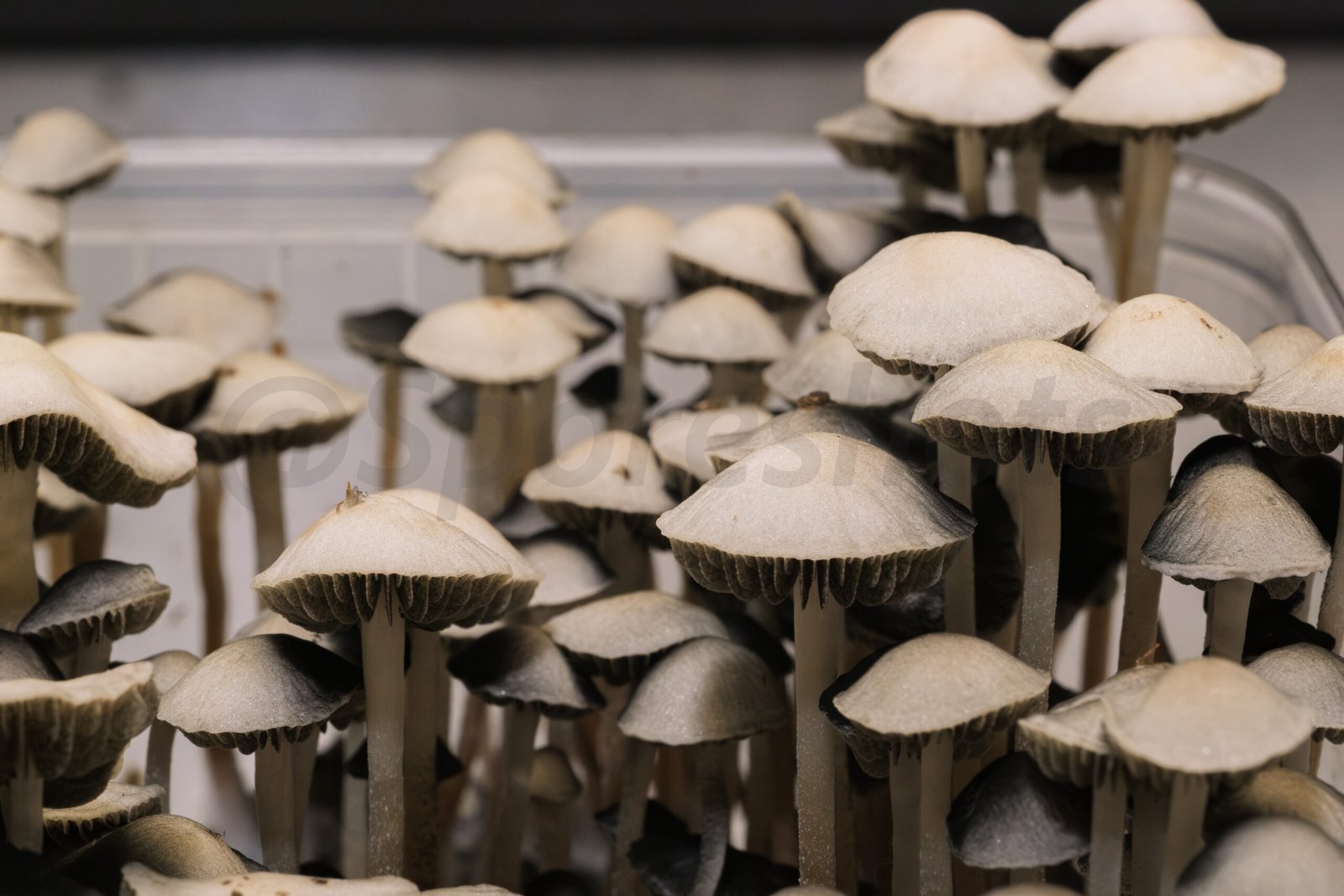
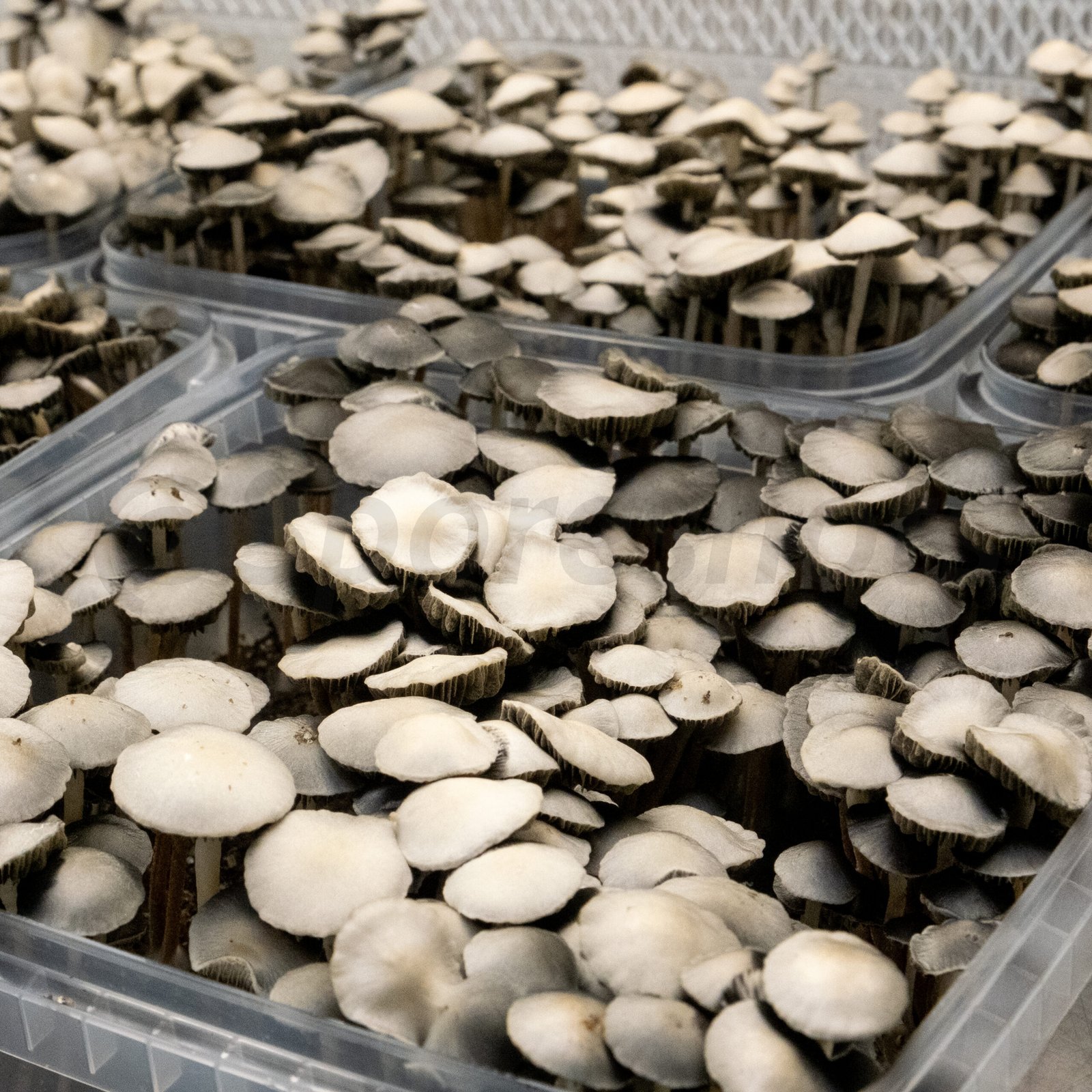
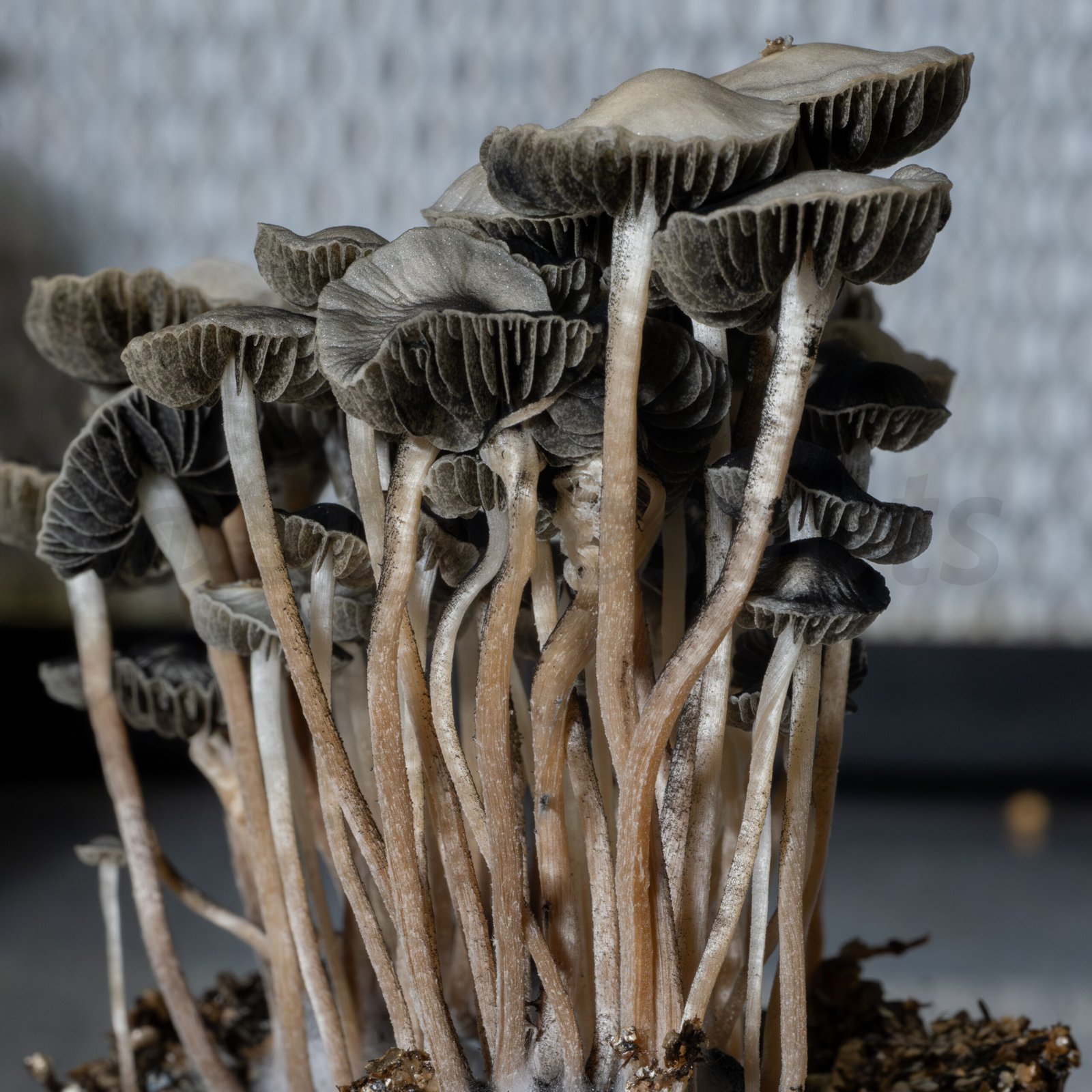


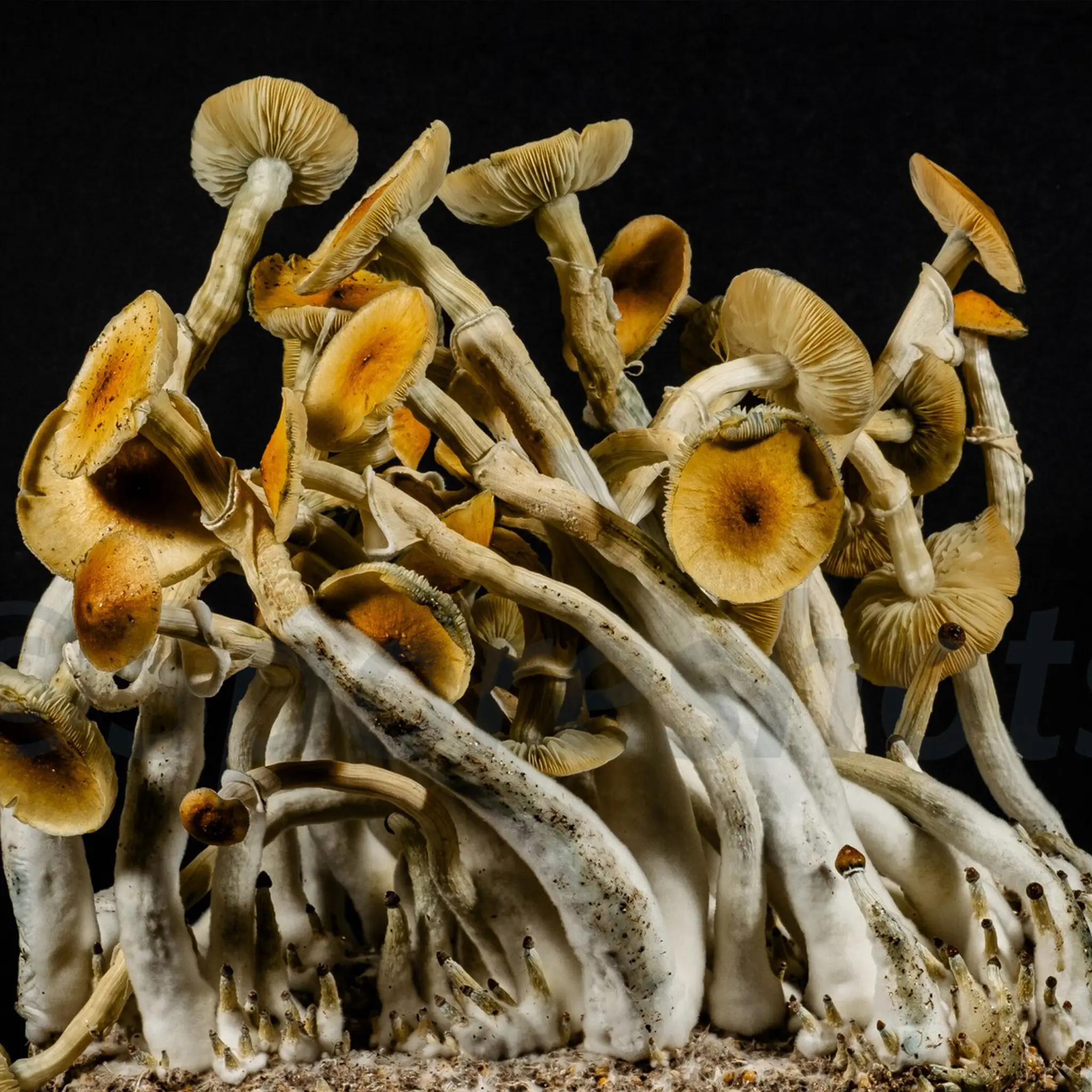
Reviews
There are no reviews yet.